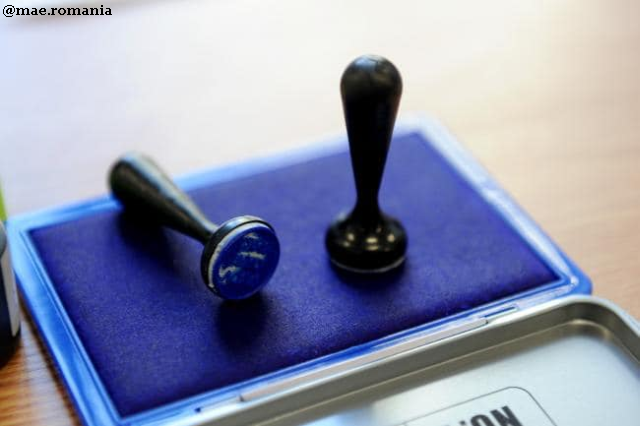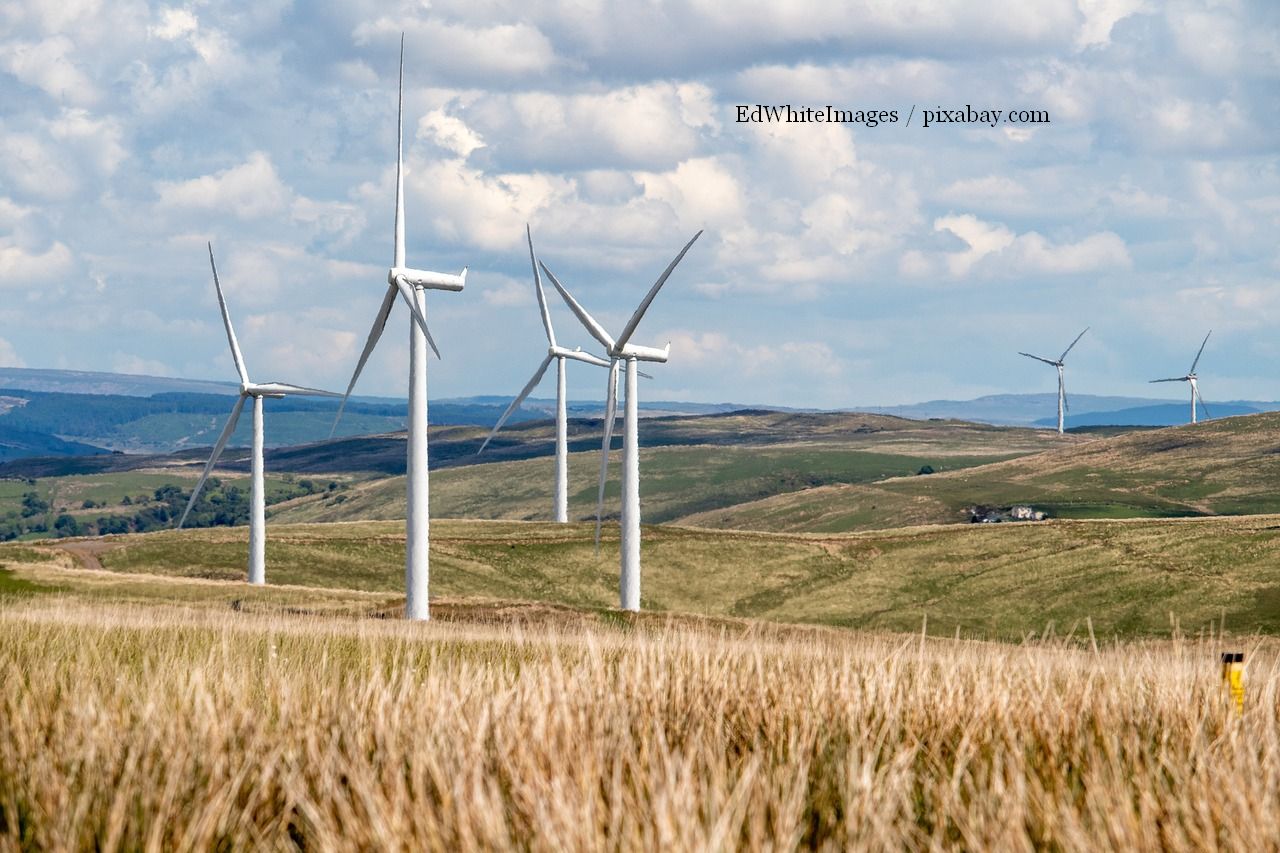Voting in the Romanian presidential election
Sociologists have had a look at the profile of the Romanians who went to the polls in Sundays presidential election.

Bogdan Matei, 26.11.2019, 13:55
The returns of the second round of voting in Sunday’s presidential election are inexorable. Incumbent president Klaus Iohannis, supported by the National Liberal Party, reaped about two thirds of the votes, almost twice as much as the former Social-Democrat prime minister Viorica Dancila. In 30 years of post-communist democracy, it is the weakest result obtained by a left wing candidate in the election runoff. Likewise, the turnout of less than half of the voters on lists is the lowest in the presidential election runoff.
Beyond the major statistics, the Romanian Institute for Evaluation and Strategy (IRES), an independent think tank dealing with the study of topical issues at home and abroad, has also had a look at the sociological profile of the Romanians who went to the polls on Sunday. The data provided by IRES show a perfect balance of 50% between male and female voters in the case of Iohannis, whereas Viorica Dancila got more votes from women than from men, that is 54% as against 46%. In the age bracket, 49% of those who voted for Iohannis are over 49 years old, the remaining being below that age. 78% of Viorica Dancila’s voters are over 45 years old. In terms of training, the voters of both candidates have secondary education: 55% in the case of Iohannis and 56% in Dancila’s case. In exchange, 34% of Iohannis’s voters have higher education as compared to only 17% in the case of Dancila.
There is a greater discrepancy in terms of occupation. Only one third of those who voted for Iohannis said they were retired, housewives or jobless. 50% of Viorica Dancila’s voters were retired, 32% were employees, 11% were housewives or jobless and 4% free lancers. In terms of residence, 62% of Iohannis’s voters were townsfolk and only 38% were from the countryside. The ratio is more balanced in Viorica Dancila’s case: 52% were from towns and 48% from villages. In terms of geographical distribution, there is a strong imbalance in the case of those who voted for the Social-Democrat candidate, who obtained 53% of the votes in the southern regions of Oltenia and Muntenia, where Dancila comes from, as compared to 44% for Iohannis.
Transylvania in the centre remains the stronghold of the president, who got 37% of the votes in his native region, as against 25% in Dancila’s case. In the eastern region of Moldova, the situation is more balanced: 19% of the votes went to Iohannis and 22% to Dancila. According to pundits, all those figures point to the existence of several Romanias, divided by age, education, incomes or historical regions. Though sociologically diverse, the Romanian diaspora stood for president Iohannis, who was voted by over 90% of the nearly one million Romanians who went to the polls abroad on Sunday.
(Translated by Anamaria Palcu)






























